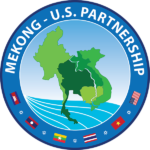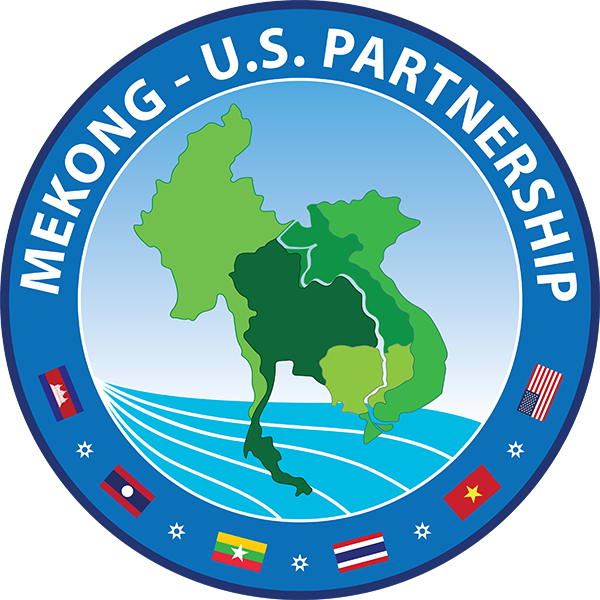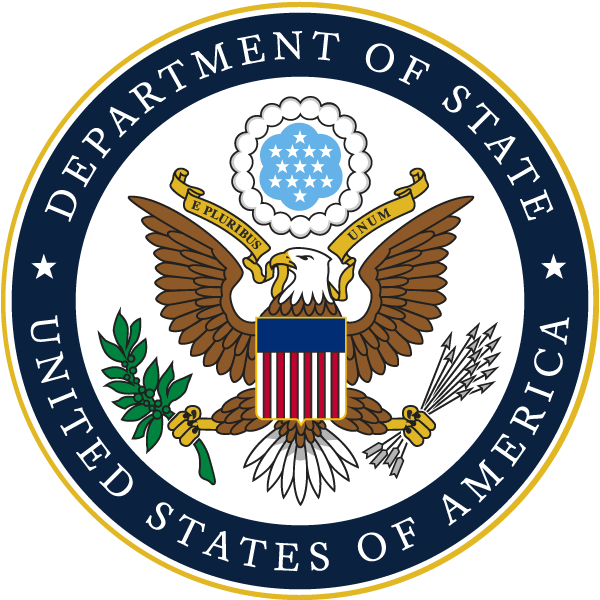Tuesday, June 14, 2022
Thank you to the Stimson Center for having me here today. Thank you as well for all the excellent work that Stimson does in Southeast Asia. The Mekong-U.S. Partnership Track 1.5 dialogues and the Mekong Dam Monitor are just two examples of the groundbreaking work of the Stimson team.
I’m excited to support the launch of this report on connectivity in the Mekong. As the Deputy Assistant Secretary of State that oversees the Mekong-U.S. Partnership, or the M-U-S-P, I am well aware of the importance of connectivity. As the COVID-19 pandemic has reminded us, we must work together on issues that transcend borders.
People to People Ties
Sustainable agriculture, scientific innovation, and proper management of the Mekong River and its surrounding ecosystems are all important areas for transboundary cooperation. As this report highlights, that cooperation begins with fostering people-to-people connections.
For example, I am happy to announce that, under the M-U-S-P’s Young Scientist Program, about thirty young scientists in the Mekong will gather together in Ho Chi Minh City this summer to work together on developing nature-based solutions to agricultural issues. At the end of the week, there will be a pitch competition and the winning proposal will receive $15,000 in startup funds. Through these young scientists and the M-U-S-P, an innovative new technology will receive the resources to become a reality and start solving problems in a manner that stewards and leverages natural processes. That is the power of people-to-people connections.
Prosperity and IPEF
The U.S. Indo-Pacific Strategy is committed to the promotion of our shared values, prosperity, and security. Our vision for the Indo-Pacific lays out what many of us already understand: the stability ensured by free, predictable, and transparent governments, and the security promoted through an open and rules-based order, have the potential to unlock trillions of dollars of private sector investment in the region. And that means an unmistakable boost in opportunity and prosperity.
Economic connectivity is essential to that shared prosperity. Last month in Tokyo, President Biden and other Indo-Pacific leaders launched the Indo-Pacific Economic Framework, or IPEF.
IPEF builds on President Biden’s focus on workers and the middle class to approach economic issues and trade through the lens of working together to create an economy that is connected, resilient, clean, and fair. IPEF will advance durable and broad-based economic growth by building upon high-standard trade and investment commitments for labor, the environment, and the digital economy. In fact, it addresses several of the priorities discussed in this report—for example, digital connectivity. We are working to secure IPEF commitments on standards to promote secure and reliable internet throughout partner countries.
We were pleased to launch IPEF with an initial strong, diverse group of 13 Indo-Pacific partners, including seven states from ASEAN. As the President said at the launch, IPEF is intended to be open and inclusive to others who wish to join if they share the values of IPEF and work to achieve those goals.
Multilateral Connectivity
Multilateral and overlapping institutions allow us to connect on a range of levels. As we saw at the U.S.-ASEAN special summit last month, including in ASEAN Chargé d’Affaires Kate Rebholz’s remarks at the pre-summit event addressing connectivity in the Mekong, a more connected Mekong under the M-U-S-P supports a more connected ASEAN, and vice versa. By enabling various multilateral institutions and agreements like the M-U-S-P, IPEF, and ASEAN to work together, we encourage better connectivity that sets the region up for success. I’m excited to see the new and innovative ways that organizations like the Stimson Center and programs like the Track 1.5 Policy Dialogues will bring people together in the coming months and years. I have no doubt that the products of these collaborations will be instrumental in the bright future ahead.
 Mekong - U.S. Partnership
Mekong - U.S. Partnership


